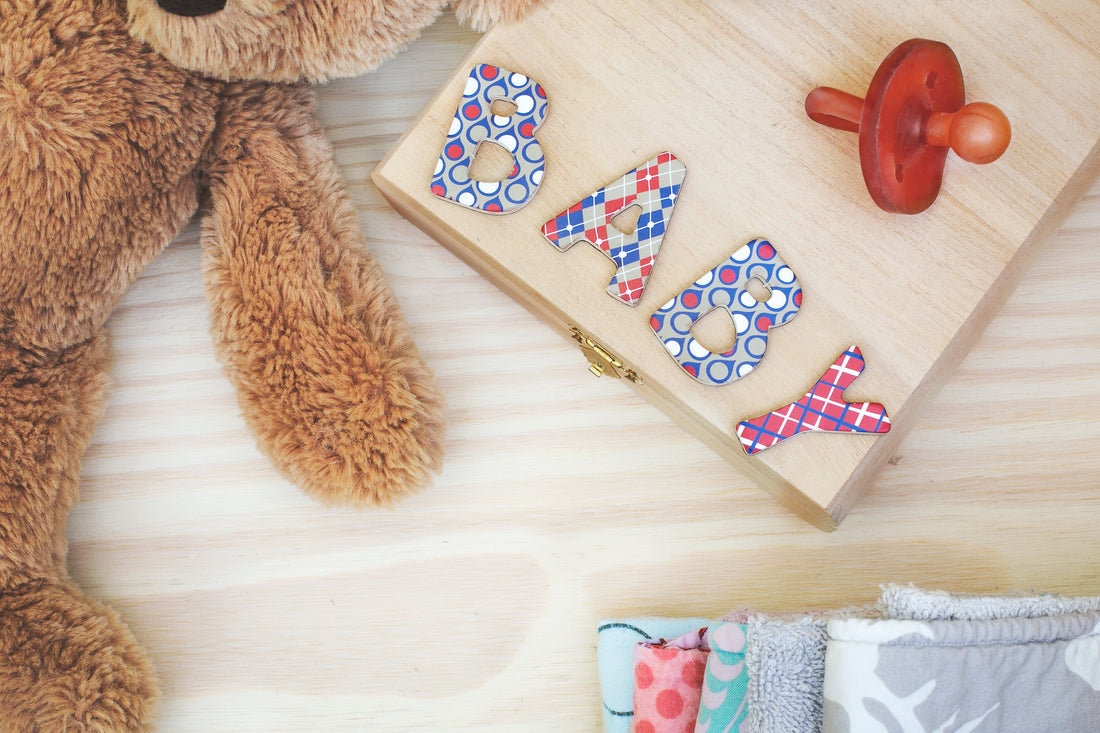The Pro's of using a pacifier
- Babies have an innate need to suck from birth. To satisfy that need it is often soothing to them to use pacifiers.
- Sucking seems to have a soothing and settling effect on babies, helping them to settle and fall asleep.
- They will often be soothed during teething when they have their pacifier
- Pacifiers often keep babies entertained.
Con's of pacifiers
Not all babies like dummies. There are other downsides to pacifiers too:
- Pacifier use is linked to slightly higher rates of middle ear infections.
- When pacifiers are used past 4-5 years of age,it increases the chance of dental problems later in childhood – for example, the problem of a child’s teeth growing out of line.
- Babies often get very upset when pacifiers are lost or misplaced.
- They often become dependant on their pacifiers to get to sleep.
- If babies aren’t old enough to find their pacifiers and put them back in during the night, they’ll cry for help.
Eventually, your child will have to stop using their pacifier. Some children just grow out of it while others need an adjustment period.
Sizing Guidelines
Baby pacifiers are sized by age group. These ages are generally:
-
Six months or younger (Small)
-
Six to 18 months (Medium)
-
18 months and older (Large)
How to know if a pacifier is right for your baby
Babies often provide you with clues when the time is right to introduce a pacifier, for instance:
-
Happily suckles on a baby bottle, even when empty.
-
Suckles on your breast but does not draw milk and is irritable when pulled away.
-
Sucks on his fingers or thumbs.
-
Sucks on the corner of blankets or toys.
When to introduce a pacifier
The best time for you to introduce a pacifier depends upon the feeding method that you choose. If you are bottle feeding you can introduce the pacifier right away however if you are breastfeeding you may want to wait until the breastfeeding is well established. You know your baby best and ultimately know the best time to introduce the pacifier to your baby.
Signs that your baby’s pacifier needs replacing include
-
Holes or tears in the nipple
-
Discolored areas
-
Stretched nipple
-
Plastic has turned jagged on guard or handle
-
A piece of the pacifier is loose
-
The nipple is sticky, even after thoroughly washing
OUR COLLECTION OF PACIFIERS ARE THE PERFECT BLEND OF INNOVATION, STYLE, AND QUALITY!
Recommendations
These pacifiers make the perfect gift for any new parent.
Washing instructions
Wash with soap in warm water. To sterilize place in boiling water.

